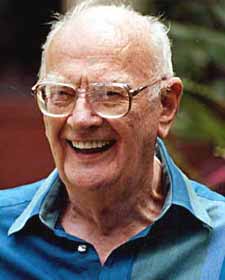Clarke Suggests Geosynchronous Orbit: Difference between revisions
From ETHW
No edit summary |
No edit summary |
||
| (One intermediate revision by the same user not shown) | |||
| Line 2: | Line 2: | ||
<p>'''See also:''' [[Beginnings of radio astronomy|Beginnings of Radio Astronomy]] </p> | <p>'''See also:''' [[Beginnings of radio astronomy|Beginnings of Radio Astronomy]] </p> | ||
<p></p> | |||
<p>[[Category:Radio_communication]] [[Category:Communications]] [[Category:Satellite_communication]]</p> | <p>[[Category:Radio_communication]] [[Category:Communications]] [[Category:Satellite_communication]]</p> | ||
Revision as of 18:13, 13 October 2010
This article is a stub. Please help expand the article by using the edit tab.
Writer Arthur C. Clarke first suggested the idea of communications satellites in geosynchronous orbit in the October 1945 issue of Wireless World. Clarke realized that a radio relay station in space could serve a huge area of the earth’s surface, like a radio tower thousands of miles high.
See also: Beginnings of Radio Astronomy
